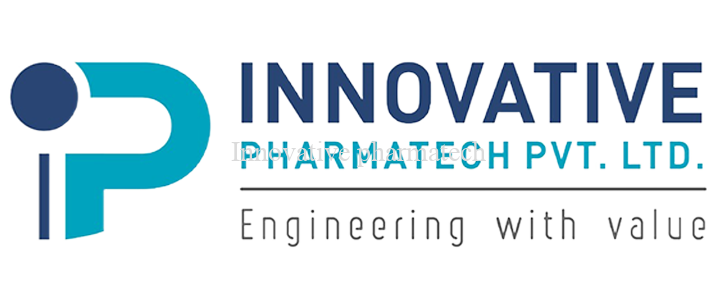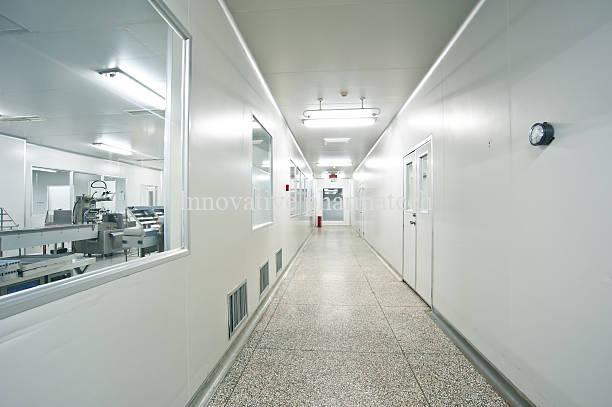Selecting the right clean room furniture is one of the most important steps in ensuring safety, hygiene, and efficiency inside controlled environments. Whether it’s a pharmaceutical setup, laboratory, electronic assembly unit, or research facility, the furniture you choose directly impacts contamination control, workflow, and compliance with industry standards.
Choose the Right Clean Room Furniture
1. Understand Your Clean Room Classification
Every clean room follows a specific ISO or GMP classification that defines acceptable contamination levels
Higher classifications require furniture with smoother finishes, minimal joints, and surfaces that are easy to sanitize. Before buying, check whether the material and design comply with:
- ISO standards
- GMP/GLP guidelines
- Industry-specific regulations
This ensures your clean room setup remains audit-ready and contamination-free.
2. Choose the Right Material
The choice of material plays a major role in durability and hygiene. The most preferred materials include:
Stainless Steel
- Corrosion-resistant
- Non-reactive
- Easy to clean
- Long life in sterile environments
High-Quality Polypropylene or FRP
- Lightweight
- Chemical-resistant
- Suitable for labs handling hazardous materials
A reliable clean room furniture manufacturer will offer a variety of materials designed to withstand your operational environment.
3. Look for Seamless, Easy-to-Clean Designs
Clean rooms require furniture with minimal joints, smooth edges, and anti-microbial surfaces to avoid particle buildup. While selecting furniture:
- Avoid sharp corners and gaps
- Prefer rounded edges
- Ensure all surfaces can handle frequent cleaning cycles
Seamless design keeps your facility safer and easier to maintain.
4. Focus on Ergonomics and Workflow
Clean room efficiency depends on how well the furniture supports your team’s daily tasks. Before choosing:
- Map your workflow
- Check comfort levels for long working hours
- Ensure correct height and accessibility
- Choose modular options when possible
Innovative Pharmatech specializes in lab furniture, understands these ergonomic needs, and provides custom solutions.
5. Customization Options Matter
Every clean room is unique, from dimensions to storage requirements; your furniture should match your layout perfectly.
Custom-built furniture offers:
- Better space utilization
- Improved safety
- Workflow optimization
Many top lab furniture manufacturers in Ahmedabad now provide fully customizable tables, cabinets, trolleys, and workstations suited for the pharma, biotech, and electronics industries.
6. Ensure Durability and Long-Term Value
Clean rooms operate under strict conditions, making durability essential. When selecting furniture:
- Ask about load-bearing capacity
- Check weld quality and finishing
- Look for rust-proof, chemical-resistant surfaces
- Compare warranty and maintenance support
Well-built furniture reduces long-term costs and ensures consistent performance.
7. Partner With Trusted Manufacturers
Your supplier plays a crucial role in delivering quality, safety, and compliance. Choose companies that:
- Have experience in clean room and lab setups
- Offer compliant materials
- Provide customization
- Use advanced manufacturing techniques
- Offer installation and after-sales support
Working with trusted lab furniture manufacturers like Innovative Pharmatech Pvt Ltd, specialized clean room furniture manufacturers ensures your investment is safe and future-ready.
Conclusion
Choosing the right clean room furniture is more than selecting tables and cabinets; it’s about ensuring quality, hygiene, and operational excellence. By focusing on material, design, ergonomics, durability, and trusted manufacturers, you can build a clean room environment that supports accuracy and compliance.

 Creating a clean environment that functions well and safely already presents several difficulties.
Creating a clean environment that functions well and safely already presents several difficulties. A cleanroom is a controlled environment where all the pollutants like dust, microbes, and aerosol particles are filtered to provide the cleanest environment. Modular cleanrooms are freestanding environments, validated to ISO 14644-1:2015. The system uses HEPA or ULPA filtration to protect processes from harmful airborne contamination. Many manufacturing units are now adapting to modular cleanrooms as they are versatile and environment friendly
A cleanroom is a controlled environment where all the pollutants like dust, microbes, and aerosol particles are filtered to provide the cleanest environment. Modular cleanrooms are freestanding environments, validated to ISO 14644-1:2015. The system uses HEPA or ULPA filtration to protect processes from harmful airborne contamination. Many manufacturing units are now adapting to modular cleanrooms as they are versatile and environment friendly
